- About us
- Support the Gallery
- Venue hire
- Publications
- Research library
- Organisation chart
- Employment
- Contact us
- Make a booking
- Onsite programs
- Online programs
- School visit information
- Learning resources
- Little Darlings
- Professional learning
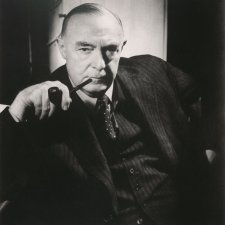
Johanna McMahon revels in history and mystery in pursuit of a suite of unknown portrait subjects.
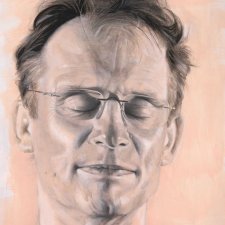
Anne Sanders and Christopher Chapman bring passionate characterisation to Express Yourself, the Portrait Gallery collection exhibition celebrating iconoclastic Australians.
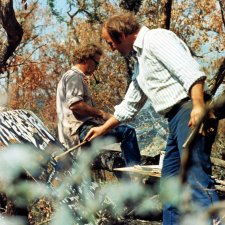
Mark Strizic's work crosses a broad spectrum of photographic fields including urban, industrial, commercial, and architectural photography.
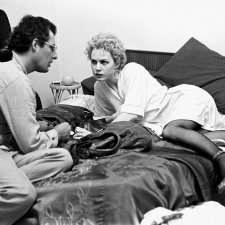
Penelope Grist speaks to Robert McFarlane about shooting for the stars.
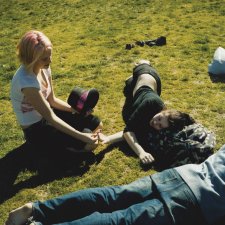
Christopher Chapman considers photographer Rozalind Drummond's portrait of author Nam Le.
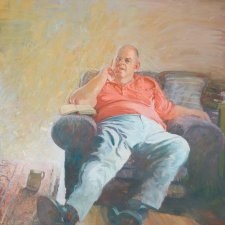
The Portrait Gallery's paintings of two poets, Les Murray and Peter Porter, demonstrate two very different artists' responses to the challenge of representing more than usually sensitive and imaginative men.
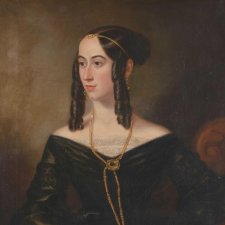
Emma Kindred examines fashion as a representation of self and social ritual in 19th-century portraiture.

Joanna Gilmour explores the 1790 portrait of William Bligh by Robert Dodd.
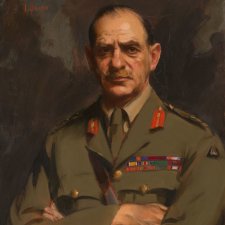
Karl James gives short shrift to doubts about the profile of General Sir John Monash.
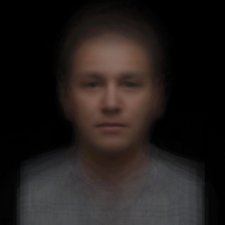
Michael Desmond reveals the origins of composite portraits and their evolution in the pursuit of the ideal.
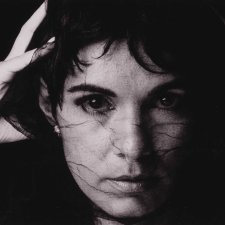
Michael Riley’s early portraits by Amanda Rowell.
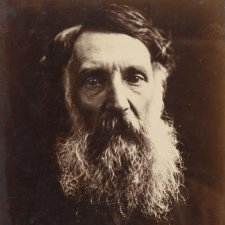
The National Portrait Gallery's acquisition of the portrait of Edward John Eyre by pioneering English photographer Julia Margaret Cameron.
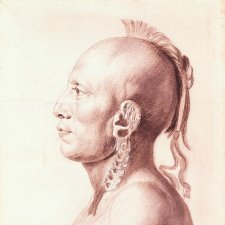
Joanna Gilmour examines the prolific output of Charles Balthazar Julien Févret de Saint-Mémin, and discovers the risk of taking a portrait at face value.
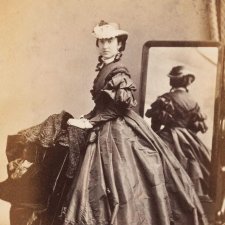
The death of a gentlewoman is shrouded in mystery, a well-liked governor finds love after sorrow, and two upright men become entangled in the historical record.
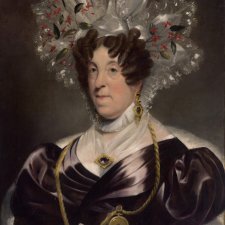
Joanna Gilmour describes how colonial portraitists found the perfect market among social status seeking Sydneysiders.

As a convict Thomas Bock was required to sketch executed murders for science; as a free man, fashionable society portraits.